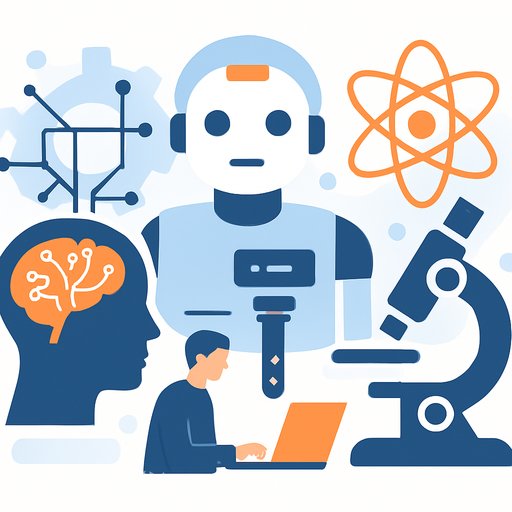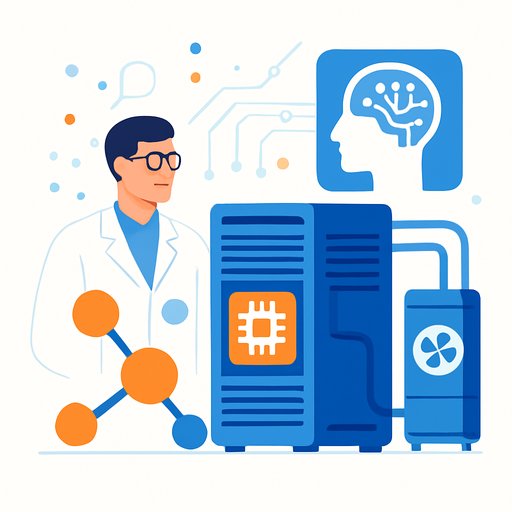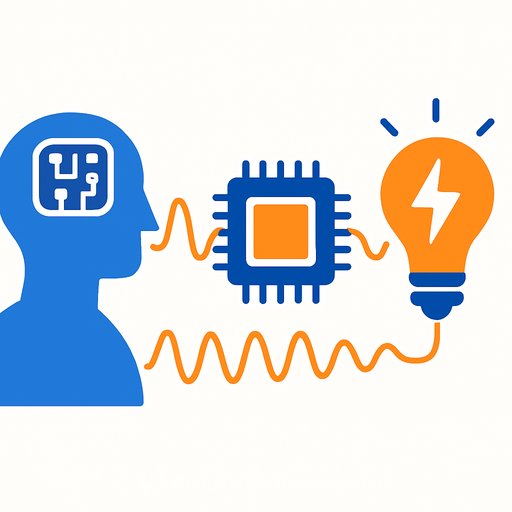Accelerating Science With AI: From Concept to Lab-Ready Workflows
Leaders across research and industry, including Darío Gil and Kathryn A. Moler, argue a simple truth: scientific productivity jumps when AI becomes part of the workflow, not an afterthought. The recent focus on national-scale missions has put a spotlight on what it takes-data, algorithms, hardware, and agentic control-to make that shift real.
The opportunity is practical. Use AI to predict plasma instabilities for real-time control in fusion experiments. Train models that propose new molecules and materials worth synthesizing. Speed up algorithm development for quantum simulations. Pick high-value questions, pair them with the right infrastructure, and let the loop of model → experiment → model run faster and cleaner.
What Success Looks Like
Two pillars drive results: a shared infrastructure for data and compute, and policies that let scientists use it without friction. The goal isn't to replace existing methods; it's to shorten cycles, raise hit rates, and scale what already works.
That means hybrid approaches that blend learning systems with physics-grounded simulations, verified against experiments. It also means AI "agents" coordinating steps under human direction-planning runs, analyzing outputs, logging provenance, and handing off to the next stage.
Build the Data Engine Scientists Can Trust
High-quality, accessible data is the unlock. The Protein Data Bank shows what decades of consistent investment and open access can do for model performance. See the resource at RCSB PDB.
Now scale that mindset across messy, heterogeneous datasets from instruments and R&D. Facilities such as the Large Hadron Collider supply immense streams already-useful if they're standardized, labeled, and queryable. For an overview of the facility, visit CERN's LHC.
- Inventory your core datasets; rank by scientific value and readiness.
- Define schemas, units, and metadata; adopt FAIR principles and persistent IDs.
- Create data contracts and versioning; record provenance by default.
- Add access tiers and governance that support open data where possible.
- Budget for labeling, curation, and continuous quality checks-not one-off sprints.
Hybrid Models + Scientific Agents
General-purpose models get you started. The real gains come from hybrids that combine AI's pattern learning with simulations grounded in physics and chemistry. Validate checkpoints against known models and experiments at each step.
Practical targets include: real-time plasma control for fusion; predictive models for new materials and molecules; and acceleration of quantum simulation algorithms via learned surrogates. Keep humans in the loop to set hypotheses, constraints, and thresholds for action.
- Establish evaluation protocols tied to domain metrics, not just ML scores.
- Track uncertainty; block automated actions outside safety bands.
- Version data, models, prompts, and code together; enforce reproducibility.
- Log every agent decision with rationale and links to inputs/outputs.
The Computing Stack You'll Need
Unify exascale systems, specialized AI accelerators, and emerging quantum hardware where appropriate, all on secure networks. Connect this stack to instruments and sensors for live acquisition and control. Think end to end-not siloed clusters and one-off scripts.
- Data layer: shared catalogs, metadata services, access controls, and streaming.
- Model layer: foundation models plus domain-specific fine-tunes and surrogates.
- Simulation layer: HPC solvers with APIs for co-simulation and learning loops.
- Orchestration/agents: planners that schedule jobs, route data, and track lineage.
- Experiment control: device interfaces with safety interlocks and rollback paths.
- Security and compliance: isolation, audit, and keys that don't get in the way of work.
Open Science, Reproducibility, and Access
If AI is a partner, its work must stand up to scrutiny. Publish data, methods, and code where possible. Treat model cards, prompts, and parameter sets like lab assets-documented and citable.
Prefer open-source tools and standardized workflows. Package experiments in containers with pinned versions and signed artifacts. Make it easy for peers to rerun your pipeline on their data.
Public-Private Partnerships That Deliver
Public funding sparks foundational research, while over 70% of total US R&D spend comes from the private sector. Together, they can co-fund compute, establish data-sharing frameworks, and shorten the path from method to impact.
Pilot programs work best when they cut across labs, universities, and vendors with shared objectives. Focus on AI-enabled discovery, measurable scientific outcomes, and templates others can reuse.
- Co-invest in shared compute and storage with clear allocation policies.
- Stand up domain data trusts with common schemas and governed access.
- Create testbeds for hybrid models and agents on real instruments.
- Use open licenses where possible; define IP pathways early to avoid stalls.
- Run workforce programs that pair researchers with ML engineers and operators.
A Focused 12-Month Plan for Research Leaders
- Select three high-value scientific questions tied to real experiments.
- Form a lean team: domain PI, data lead, ML lead, software engineer, and ops.
- Baseline current cycle times, costs, and replication rates.
- Stand up a minimal shared data layer; clean and label one priority dataset.
- Build a hybrid surrogate for one simulation; verify against ground truth.
- Integrate an agent to coordinate data pulls, runs, and reporting.
- Close the loop on one instrument for controlled, real-time decision support.
- Publish artifacts (data slices, code, model cards) and a reusable template.
- Review outcomes; scale to the next two questions with lessons baked in.
Track metrics that matter: time from hypothesis to result, cost per validated insight, replication rate, uncertainty reduction, and compute efficiency.
Bottom Line
Pick the right questions, build the data engine, and let hybrid models with agent support run tight loops with your instruments. That's how discovery speeds up-and keeps improving with each iteration.
If your team wants a structured way to upskill in AI workflows for research, see these curated options by role at Complete AI Training.
Your membership also unlocks:





